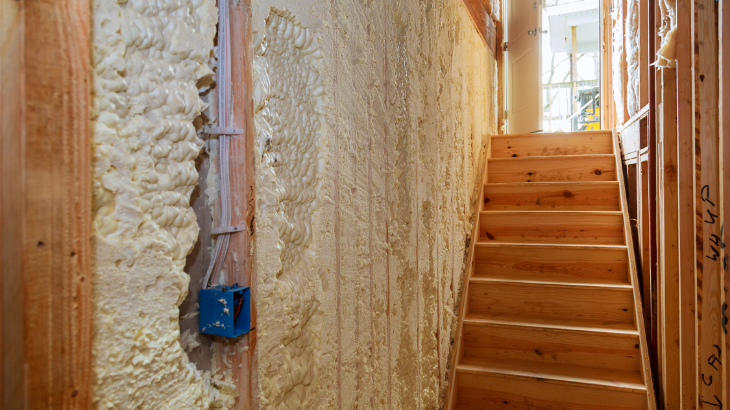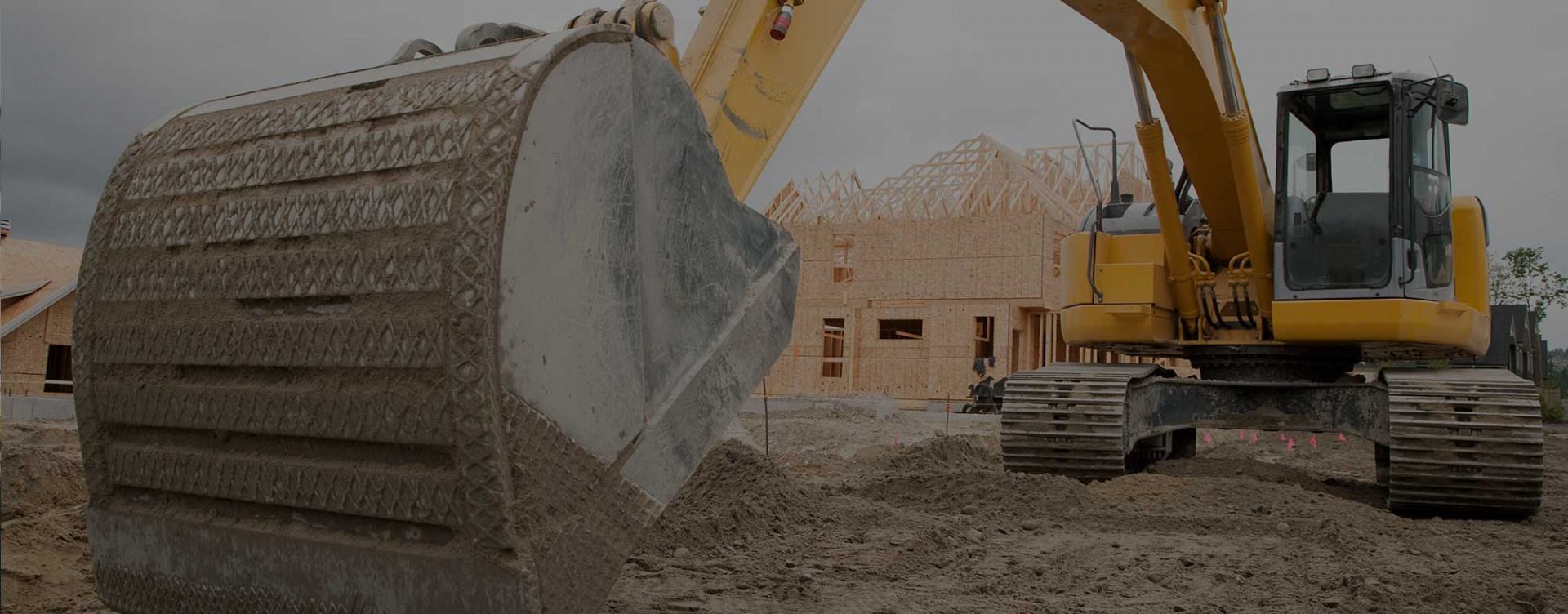
- Insulation is a key element in maximizing energy efficiency and home comfort.
- R-value measures the level that insulation resists heat flow.
- There are three basic types of insulation; fiber, foam, and reflective.
Insulation is arguably the most important element in achieving energy efficiency in your heating and cooling system and in maximizing home comfort. Primarily, it works to slow the flow of heat or cold through your home’s walls, but it can also have a small impact in sealing outside drafts and air from unheated spaces.
R-Value
The ability of insulation to resist heat flow is measured in units of R-value. Ideally, an inch of air has an insulation value of R-5.5, but in reality, the best air-filled insulations are usually only rated at R-4.5 to R-4.7 per inch. The R-value that is appropriate for a specific application depends on the area of the home (attic, walls, basement) and the climate zone. For more information, see the U.S. Department of Energy’s Insulation Fact Sheet.
Types of Insulation
There are three common types of insulation: fiber, foam, and reflective.
- Fiber Insulation can be found as loose fill or in batts. Loose fill is generally fiberglass, cellulose, or rock wool that is blown into wall and attic cavities. Loose fill insulation is generally installed by contractors and, if properly installed, can provide more complete cavity coverage than batts. R-values per inch for loose fill insulation range from R-2.2 for fiberglass to R-3.2 for rock wool or cellulose, while R-values for various types of batts generally reach R-3.2 per inch.
- Foam Insulation comes as rigid sheets or as a spray. Rigid foam, though it is generally more expensive than fiber insulation, has typically higher R-values per inch than fiber insulation. Be aware of the risk of termites and carpenter ants establishing nesting cavities in polystyrene or polyisocyanurate foams when considering rigid foam insulations. Sprayed foam insulations, such as low-density urethane sprays, can achieve R-values as high as R-11 per inch, although most are rated around R-4 to R-6. Spray foams can also have some effectiveness in sealing out drafts.
- Reflective Insulation, unlike the other types of insulation mentioned above, does not work to restrict conductive heat flow. It works by reflecting radiant heat flow emitted from a warm surface back to that surface. Evaluating the R-value of reflective insulation is difficult, because much depends on where in a building it is placed. While it may have an effective value of as much as R-8 in some applications, it is much less effective if relied on as the sole insulation source in walls or in attic spaces. Reflective insulation should always be installed adjacent to an air gap to be effective.
A broad array of insulation technologies are in various stages of development, and hold the promise of offering values as high as R-20 or more. Some of the approaches being investigated include gas-filled panels, which use pockets of a low-conductivity gas such as argon, krypton, or xenon; vacuum insulation panels that rely on vacuums between two layers of gas-impermeable metals to create R-values of between R-25 and R-40 per inch; and aerogels-low-density fibers of silica or other materials that can offer R-values of R-15 to R-35 per inch.
